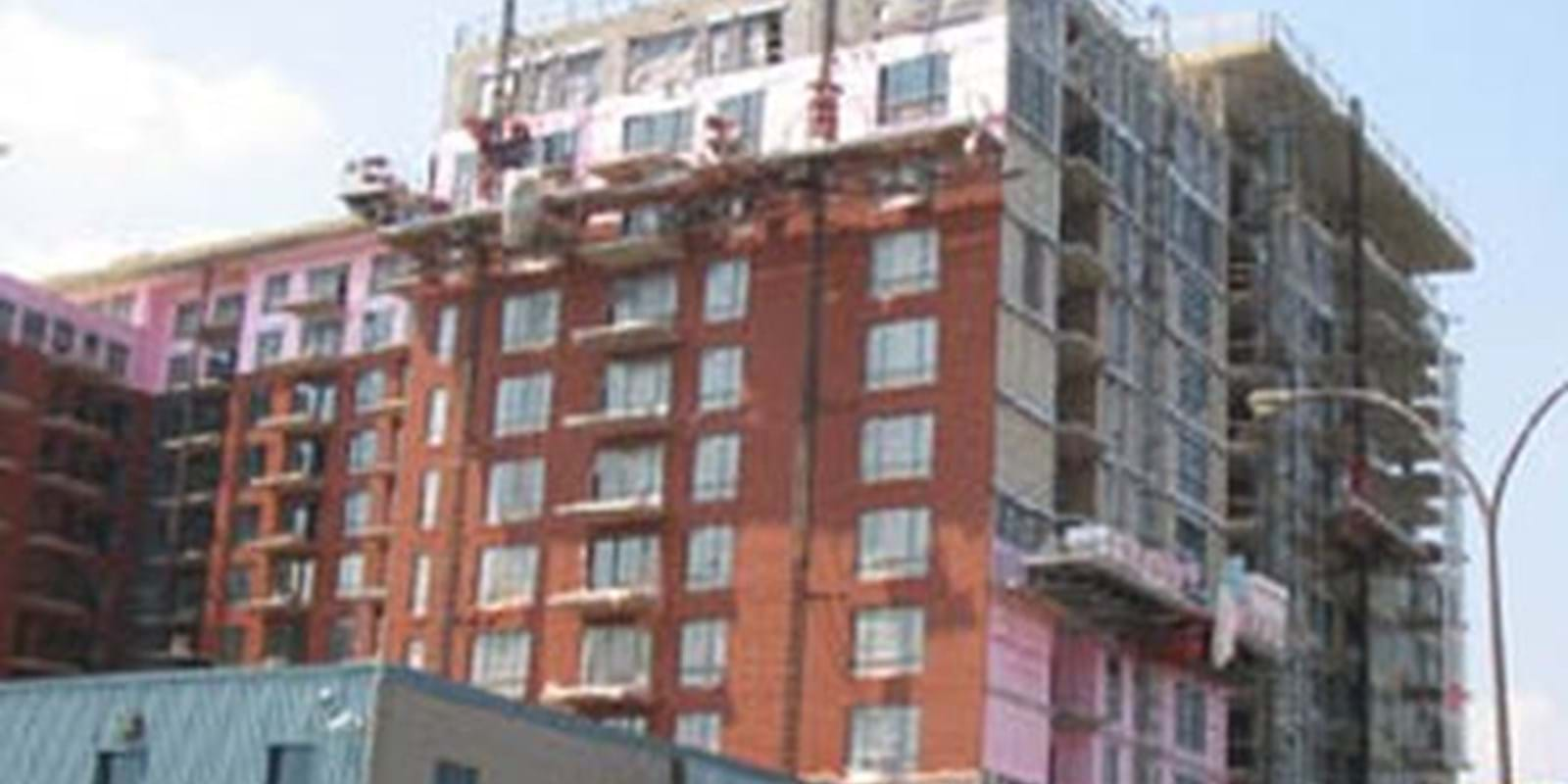Residential construction investment achieved a new record in the second quarter of 2007, reaching $22.8 billion, an increase of 7.0% over the same quarter in 2006. Increases in the values of both renovations and new housing made strong contributions to this growth. Acquisition costs also increased, but moderately.
Investment in new residential construction climbed 6.1% to $11.0 billion over the second quarter of 2006. At $6.8 billion, single-family investment was up 3.8% and made the most significant contribution (in dollars) to the overall increase. Apartment/condominium construction increased 9.1% to $2.5 billion. Investment in double and row housing also rose significantly, with respective gains of 19.8% and 9.3%.
The rising levels of investments for single and apartment/condominium dwellings were brought about by significant cost increases over the second quarter of 2006 for new units.
In constant dollars, investment in new units only rose for semi-detached dwellings (+6.9%), while it declined for single-family (-7.2%), apartment/condominium (-1.4%), and row housing (-1.6%).
The housing sector has been positively affected by Western Canada's dynamic economy, still attractive mortgage rates, appealing financing possibilities, strength in employment, and growing disposable incomes. Strong immigration more evenly distributed across the country and inter-provincial migration have also been beneficial. Increased housing cost was important in the rise in investment figures, though it would have tended to limit demand.
Renovation spending grew 9.1% to $9.9 billion, the highest quarterly level on record. This accounted for 43.5% of total residential investment. Acquisition costs increased 2.2% to $1.9 billion.
The largest increase (in dollars) occurred in Quebec, where a strong rise in renovations and a sturdy increase in new construction pushed spending up 11.5% to $5.8 billion. Despite renovations increasing markedly in Ontario, investment declined slightly (-1.1% to $7.5 billion).
Strength in the four westernmost provinces represented about two-thirds of the increase in residential investment. In Alberta, construction for new units drove investment up 16.9% from the same quarter in 2006 to $3.6 billion.
Vigorous renovation spending led investment growth in British Columbia (+8.0% to $3.6 billion), while Saskatchewan's sharp 28.3% increase to $479 million was attributable to an upsurge in new construction.
Note: Residential construction investment is divided into three main components. The first is new housing construction, which includes single dwellings, semi-detached dwellings, row housing and apartments, cottages, mobile homes and additional housing units created from non-residential buildings or other types of residential structures (conversions). The second component (renovations) includes alterations and improvements to existing dwellings. The third component is acquisition costs, which refer to the value of services relating to the sale of new dwellings. These costs include sales tax, land development and service charges, as well as record-processing fees for mortgage insurance and the associated premiums.
Because ownership transfer costs are not included in the investment totals presented in this release and in CANSIM table 026-0013, the figures here do not match the figures published in the National economic accounts (CANSIM table 380-0010).
Available on CANSIM: table 026-0013.
Definitions, data sources and methods: survey number 5016.
For more information, or to enquire about the concepts, methods or data quality of this release, contact Haaris Jafri (
| Residential construction investment | |||||
|---|---|---|---|---|---|
| Provinces/Territories | Second quarter 2006 | Second quarter 2007 | Second quarter 2006 to second quarter 2007 | ||
| Canada | |||||
| Newfoundland and Labrador | |||||
| Prince Edward Island | |||||
| Nova Scotia | |||||
| New Brunswick | |||||
| Quebec | |||||
| Ontario | |||||
| Manitoba | |||||
| Saskatchewan | |||||
| Alberta | |||||
| British Columbia | |||||
| Yukon | |||||
| Northwest Territories | |||||
| Nunavut | |||||
| |||||

